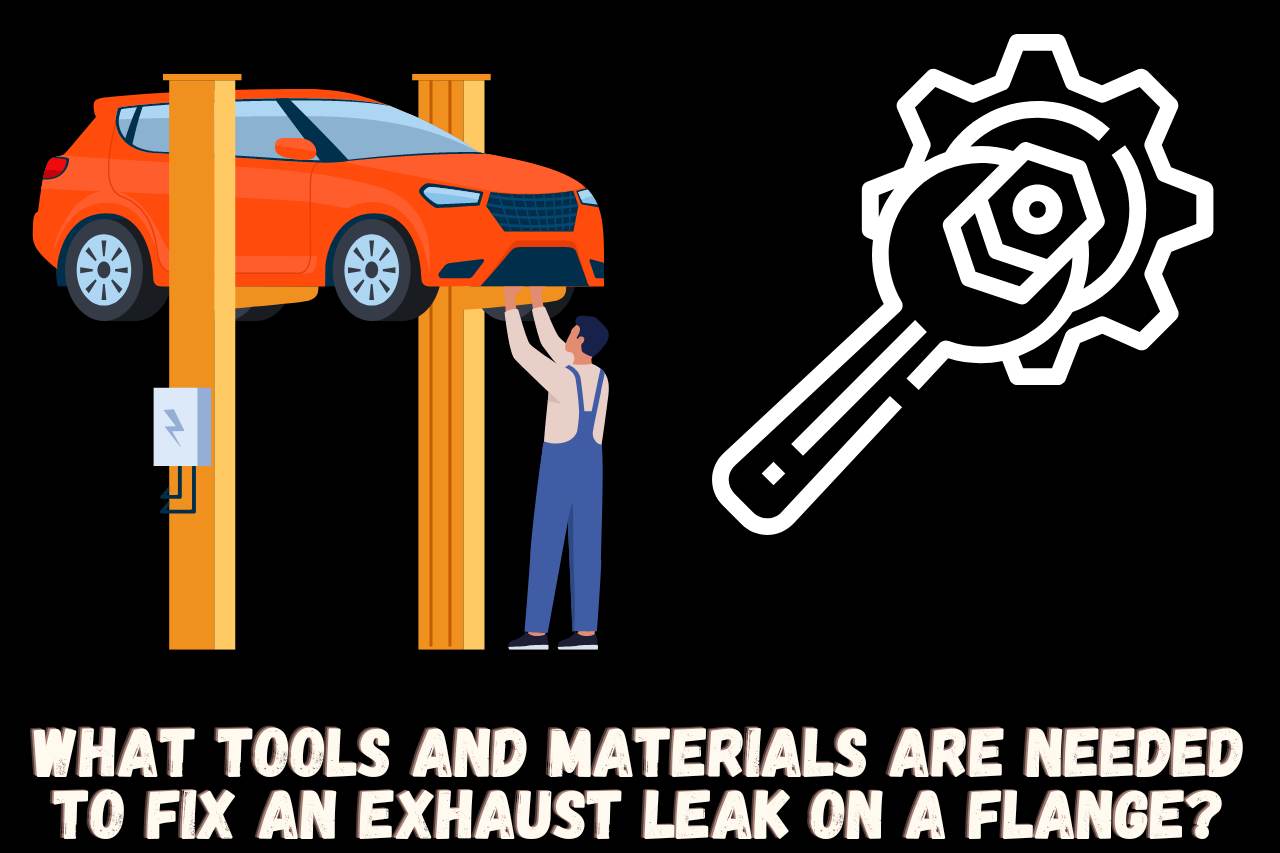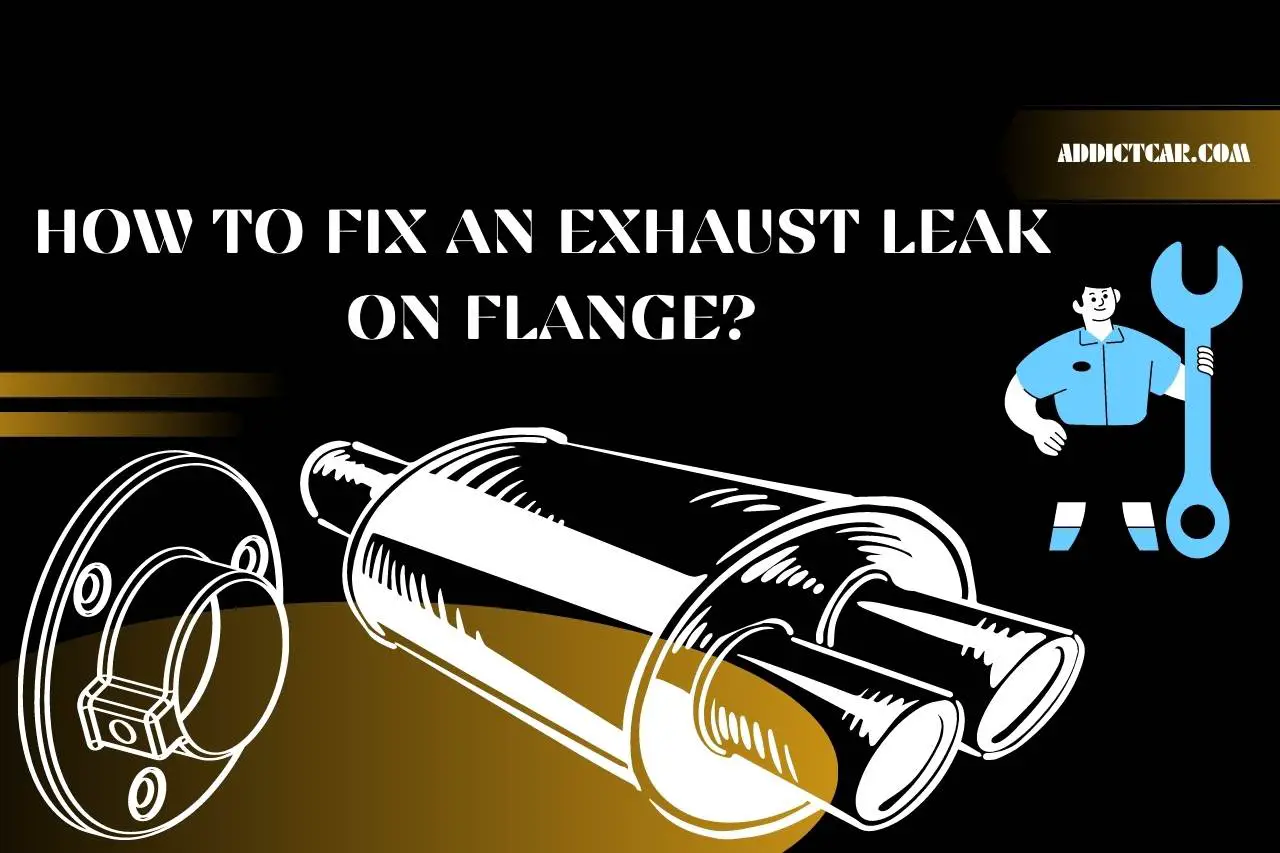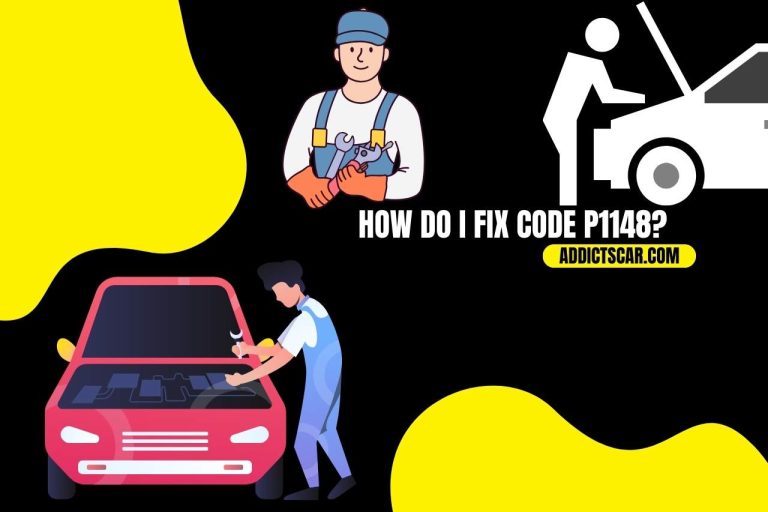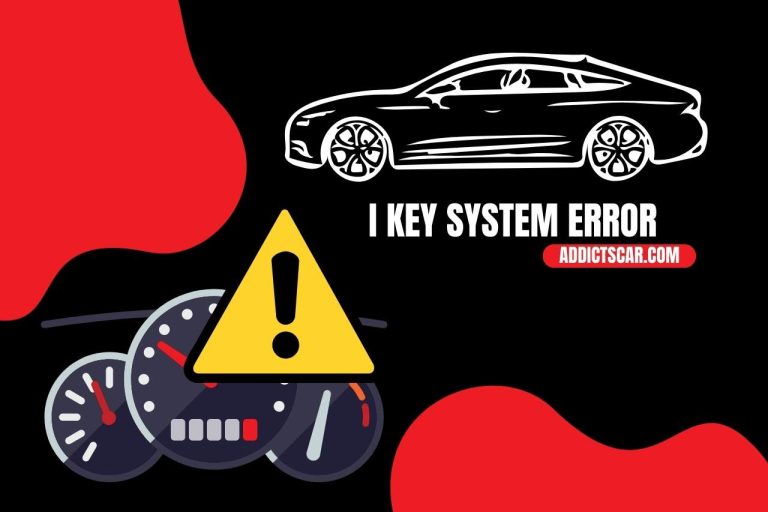How to Fix an Exhaust Leak on Flange? Stop That Annoying Leak!
The main objective of the exhaust system is to transport combustion chamber emissions to the atmosphere or to a secure area. Heat protection, connections, mufflers, latex hangers, containers, and elastic unions are some of the parts of the system. They can become unsecured and begin to leak. This post will teach you “how to fix an exhaust leak on flange.”
Learn about the leak’s causes, diagnostics, required equipment and supplies, and repair procedures. Learn about possible preventive steps that might be used to steer clear of this situation.
What Causes an Exhaust Leak on a Flange?
A leaking flange may be the result of a defective gasket within the flange or corrosion-induced flange disintegration. Additionally, the bolts keeping the flange in place occasionally have a chance of coming free. If this happens, the gasket connecting the two will start to leak as a result.
Cycles of Heat
High temperatures from 4-5 heating cycles, which continuously drain water through the exhaust system’s interior and discharge vapor to the outside, are the primary source of flange leaks.
Low evaporation rates on chilly or wet days cause water to become clogged in the system for exhaust. The intense heat causes fractures in the outermost layers of the pipes by boiling the residual water and stretching the wet discharge flanges. Additionally, waste and other materials can get lodged and widen these gaps.
Corrosion
Rust is another factor in exhaust leaks. The biggest threat to the exhaust structure is dust. The rusted pipes may suffer more harm from humid conditions and swampy terrain. If liquid can’t leave, corrosion will happen even more quickly when humidity in the conduits turns into a liquid state. To prevent leaks, you should frequently clean the suggestions and pipelines.
How to Diagnose an Exhaust Leak on a Flange?
Start the car’s engine, then let it idle for a minute to examine for exhaust leakage.
Engine Rumble
An exhaust leak is frequently indicated by a spike in engine noise. When increasing, especially, keep an eye out for a loud rumbling. Additionally, when the engine is operating, you can occasionally hear snapping or hissing sounds.
Decrease in Strength and Speed
The engine’s efficiency may be impacted by an exhaust leak. If you press the gas pedals, your car might not accelerate as quickly as it usually does.
Decreased Fuel Efficiency
The vehicle’s air-to-fuel proportion balance may be thrown off if it has a leak from the exhaust. Inefficient engine operation can result from an incorrect air-to-fuel ratio, which lowers the engine’s general effectiveness.
The Aroma of Gas
Gas odors within your car may indicate an exhaust leak. A broken muffler pipe may allow gas vapors to enter the car’s passenger compartment.
What Tools and Materials are Needed to Fix an Exhaust Leak on a Flange?
You should take care of a leak right away, as it appears. This piece will show you how to stop exhaust leaks when you are unable to have your automobile serviced.
Always ensure to put on the appropriate safety gear, including sunglasses and heavy-duty gloves, before doing anything on the car’s engine exhaust to avoid injuries.
In order to prevent any incidents of fire or explosion caused by working near extreme heat sources, such a running engine operating at normal levels or perhaps hotter while repairing exhaust structures, also make certain that your workstation is clean and clear of flammable objects.

The following list of necessary tools and safety gear includes some items you might already have throughout the business.
- Gloves made of nitrile.
- Tire ramps using chocks for the wheels or an automobile jack.
- A wire brushing.
- The alcohol isopropyl.
- Rags from the store.
- Remove putty.
- Remove the bandage.
- Drain clamp.
- Ratchet setup or screwdriver.
Step-by-step guide: How to fix an exhaust leak on a flange?
The Processes Related to Fixing a Flange Leak are As Follows.
Decide Which Flange Is Leaking
- The initial and most common sign of an exhaust issue is loud engine noise.
- The engine compartment frequently emits an audible hissing or hammering sound when a multiplier is destroyed.
- Lower gas consumption is another sign of many exhaust leaks.
Flange Joints Should Be Cleaned
After identifying the issue, turn off your car and allow it cool for several hours. Apply some protective eyewear after using a steel brush to clean the water source.
Put On a Fresh Metal Seal OR an Epoxy Bond
In case the hole is small enough, glue can be used to seal it. After cleaning the hole, evenly mix the epoxy and put it over and around it. Using a wood dowel, the sealer may be applied all over the damaged area.
Duct tape is a suitable solution if your hole is bigger. Tape around the hole, extending a few inches on either side. Two layers placed over the hole will provide effective screening.
Use a Reliable Clamp
In cases when an opening or other damage is not severe enough, an exhaust cuff can be used. This procedure is simple. Simply secure the bolts with your clamp and wrap them around to cover the entrance.
What are the Preventive Measures to Avoid Future Exhaust Leaks on a Flange?
It is recommended that you verify your flange during construction and after each servicing.
If it has been more than two years following the last examination, you should also replace the sealing material. This will increase the longevity of your exhaust system.
The use of high-quality, corrosion-resistant, temperature- and pressure-resistant materials with a tight fit is the most effective technique to stop flange leakage. You’ll save your energy, time, and money by doing this.
Exhaust flanges are important in preventing poisonous fumes and drunk driving from entering your automobile, despite appearing to be a little engine component. The exhaust studs are important in preventing poisonous fumes and drunk driving from entering your automobile, despite appearing to be a little engine component.
Take your automobile to the most qualified mechanic in the local and have it diagnosed if there is a leak. The technician is the best person for the task and can swiftly and effectively remedy your exhaust leak.
Conclusion
It is quite easy to patch an exhaust leakage on a flange since the fix is so straightforward. Delaying the repairs is possibly risky. Therefore you should not do it. Inhaling the poisonous gas might result in fatal situations as well as major health issues.
Watch this video,
Video Credits – Man About Home
You May Also Like







